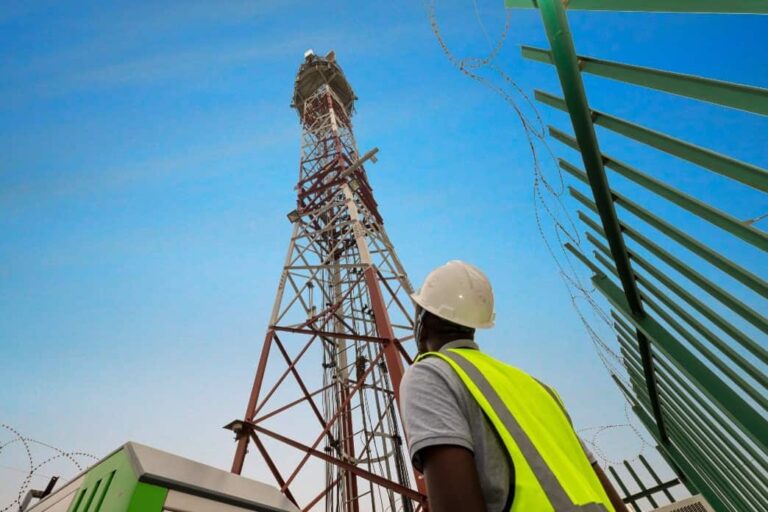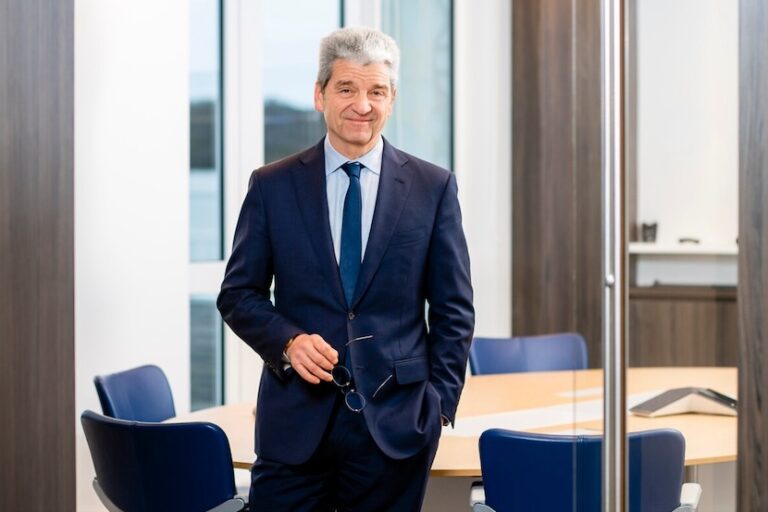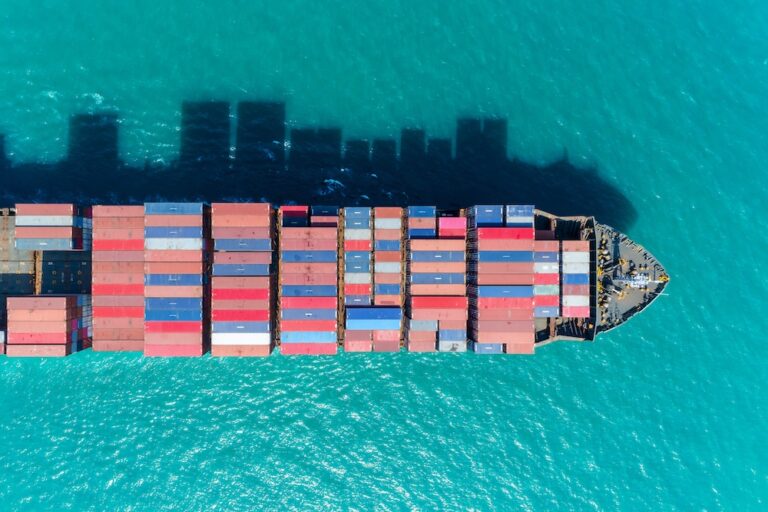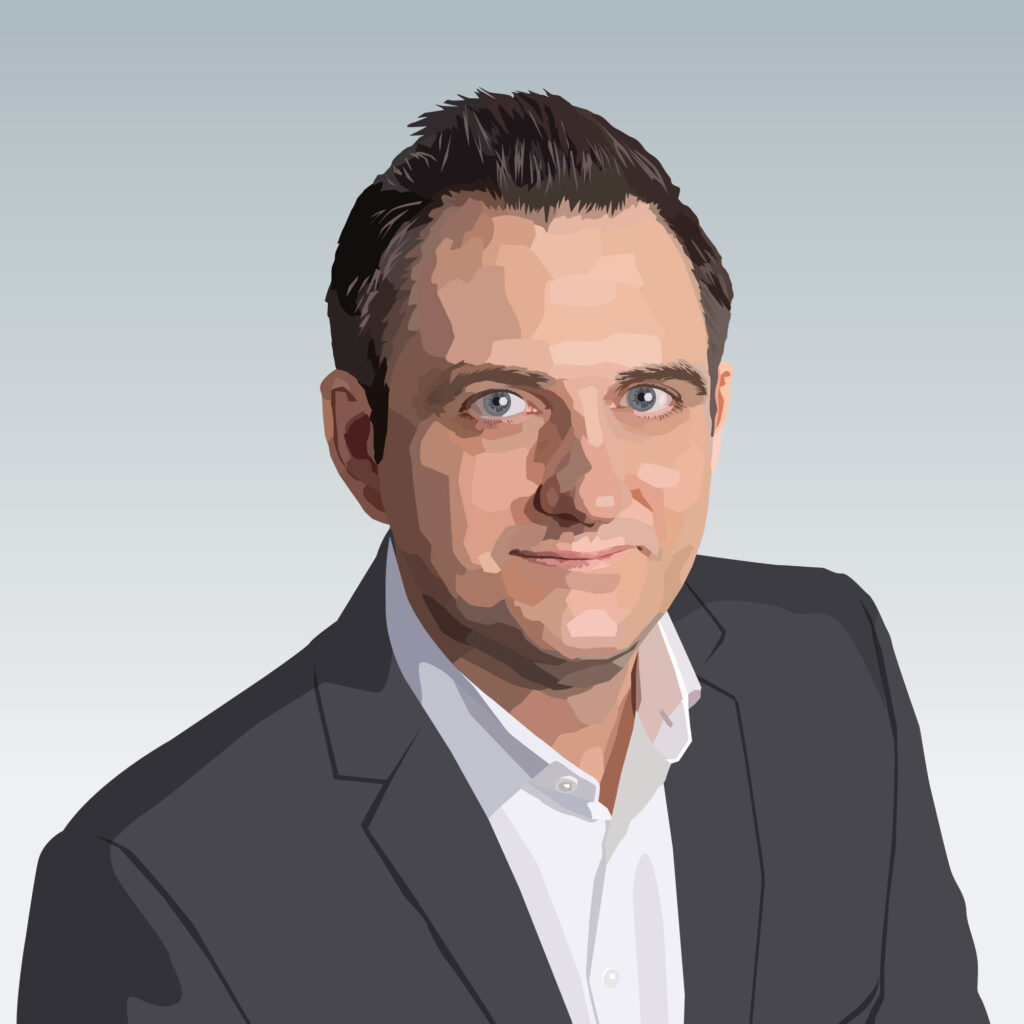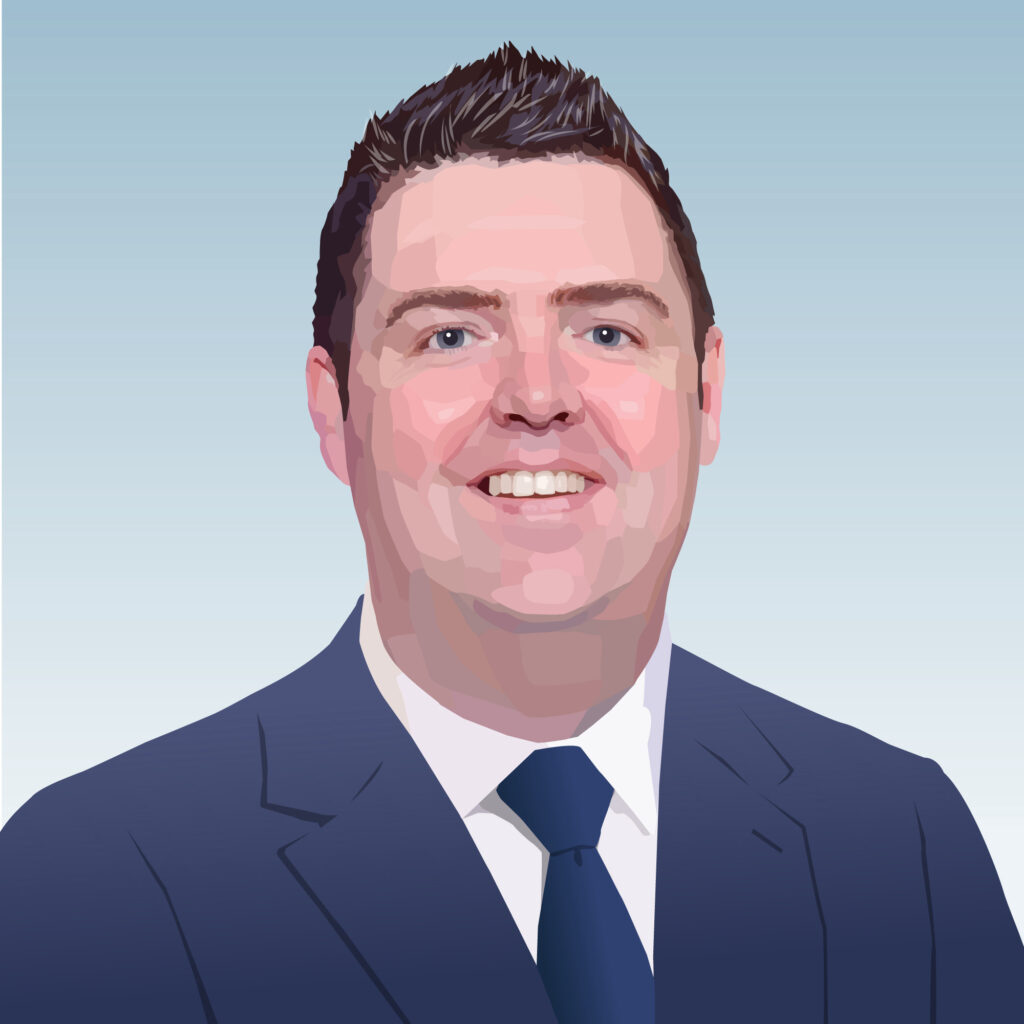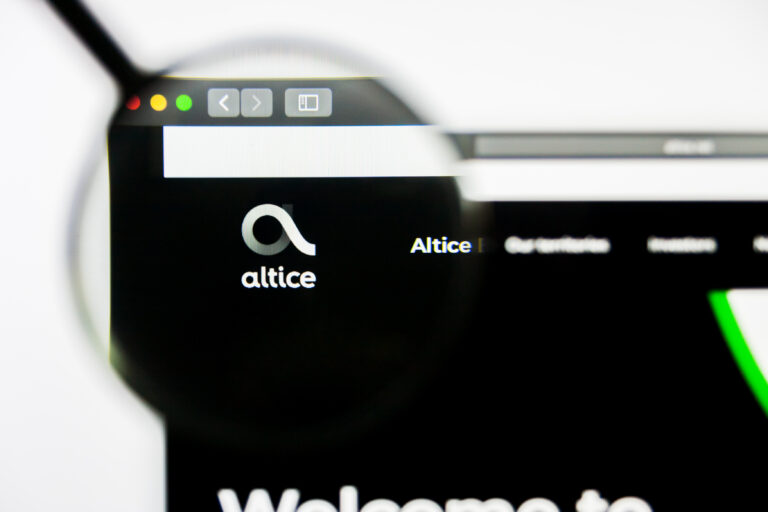Q4 and FY2023 results heavily impacted by the currency devaluation and company signalled a strategic review is on the cards
Independent global towerco IHS Towers saw Q4 revenues fall 3.1% to $509.8 million, despite solid organic growth, as the towerco struggled to digest the 75.3% devaluation of the Nigerian Naira, which created a $271.8 million year-on-year foreign exchange headwind.
IHS Towers chairman and CEO Sam Darwish said the Nigerian currency problems will continue – which is a problem for the company given Nigeria represented 63% of revenue in 4Q23. He said the Naira continues to devalue at levels that are offsetting much of any strong secular trends. “From January to December 2023, the Naira suffered a 98% unfavourable movement, and from January 2024 to date, we have seen a further 75% unfavourable movement,” he said.
“We expect the additional devaluation that began in January to further impact our results in 2024. Our guidance for 2024 assumes an average rate of NGN 1,610, whereas the average rate in 2023 was NGN 638, and that the devaluation in the Naira will have a negative $535 million impact on revenue year-on-year even after adjusting for the impact of FX resets,” he added.
Due to the NGN devaluation, revenue and segment adjusted EBITDA were negatively impacted by $427.5 million and $264.7 million, respectively, in the second half year of 2023 when compared to the USD/NGN rate on 1 June, 2023. This negative impact on revenue and segment adjusted EBITDA was partially offset by $191.4 million in contract resets.
Adjusted EBITDA margin for the fourth quarter of 2023 was 53.8% (fourth quarter of 2022: 51.8%). The increase in Adjusted EBITDA partially reflects the decrease in cost of sales of $26.9 million primarily due to the $25.7 million decrease in diesel costs. The Q4 loss was $456.8 million compared to a loss of $268.9 million YoY.
Evaluating “strategic alternatives”
Darwish said ignoring Nigeria, the company had a “strong quarter of performance across our key metrics with revenue, adjusted EBITDA and ALFCF in line or ahead of our expectations”. He added growth in lease amendments, new tenants, new sites or build-to-suits and targeted fibre rollout all helped the business, plus the recent deal with Airtel in Nigeria, which includes a commitment to add 3,950 new tenancies over the next five years.
However, Nigeria can’t be ignored so the company is planning “a more balanced approach to growth and cash generation”. Darwish said “We expect the significant reduction in capex that started in the second half of 2023 will continue in 2024, along with a continued focus on improving operating efficiencies through productivity enhancements and cost reductions.”
He added he thought the company’s was undervalued given Africa’s “perceived place in the global markets” and that the long-term growth prospects of the Latin American business were also strong. “We own and operate 40K towers across 11 markets covering approximately 800 million people…Notwithstanding our strengths, we have to consider ways of unlocking value for our shareholders,” he said.
He added: “We are working with our advisors, including JP Morgan, to evaluate strategic alternatives for the business across our portfolio and our capital allocation priorities. This exercise is intended to generate the best value for investors. We will provide an update on this as appropriate.”
Regional highlights
Revenue for IHS’s Nigeria segment decreased by $34.6 million, or 9.7%, to $320.7 million for the fourth quarter of 2023, compared to $355.3 million YoY. Organic revenue increased by $232.8 million, or 65.5%. Tenants decreased by 201, including 942 churned although most of these were from a key customer leaving in Q1 and IHS was not recognising revenue for them. Churn partially offset by 504 from colocation and 237 from new sites, while lease amendments increased by 3,781.
In sub-Saharan Africa, revenue increased by $6.5 million, or 5.6%, to $124 million in Q4, compared to $117.5 million YoY. Tenants increased by 557, including 330 from colocation and 226 from new sites, while Lease Amendments increased by 1,030.
In Latam revenue increased by $10.4 million, or 23.8%, to $54.3 million for Q4, compared to $43.9 million YoY. Tenants increased by 648, including 828 from new sites and 206 from colocation, partially offset by 386 churned, while lease amendments increased by 118.
MENA revenue increased by $1.3 million, or 13.3%, to $10.8 million for the fourth quarter of 2023. Tenants increased by 150, including 109 from the closing of the sixth stage of the Kuwait acquisition in the third quarter of 2023 and 47 from new sites.
Full year results
During the twelve months ended 31 December 2023, revenue was $2.13 billion, compared to $1.96 billion YoY. Adjusted EBITDA was $1.13 billion for the twelve months ended December 31, 2023, compared to $1.03 billion YoY. Full year adjusted EBITDA margin was 53.3% (versus 52.6% YoY). The loss for the period was $1.99 billion compared to a loss of $469.0 million YoY. Looking ahead, IHS Holding introduced its 2024 guidance, expecting revenue between $1.7 billion and $1.73 billion, which is below the analyst consensus of $1.98 billion.


